Over Thanksgiving Break, I wound up at my home in Connecticut. I decided to take a look around my neighborhood, as I am deep in the woods. I have a small hiking trail within my neighborhood, which is where I decided my new phenology spot would be. It is a place I’d go all the time with my dad. It is super rocky in some areas, so I would call it “Rock Park”. It has a stream leading to a pond, with a kayak from the property next to these woods. There are oaks, both sugar and red maples, river birches, scattering white pine, and some aspen.
This trail is part of the Elderslie Preserve trail system, which is a bunch of small trails throughout Southern-Central Connecticut.
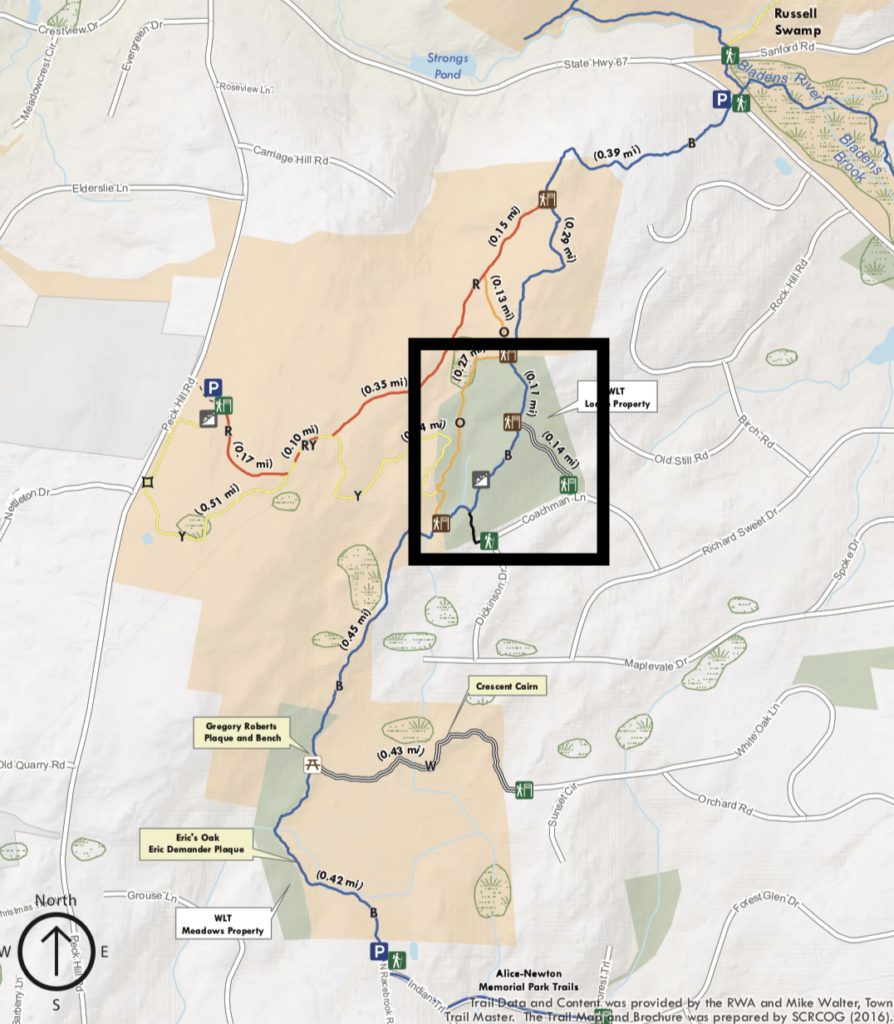
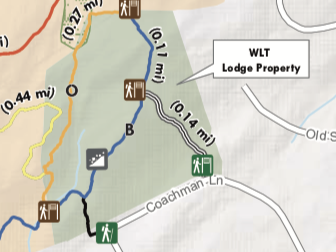
Here is the link to the spot on Google Maps: https://goo.gl/maps/4FqtCvDp3JqHiGHA6
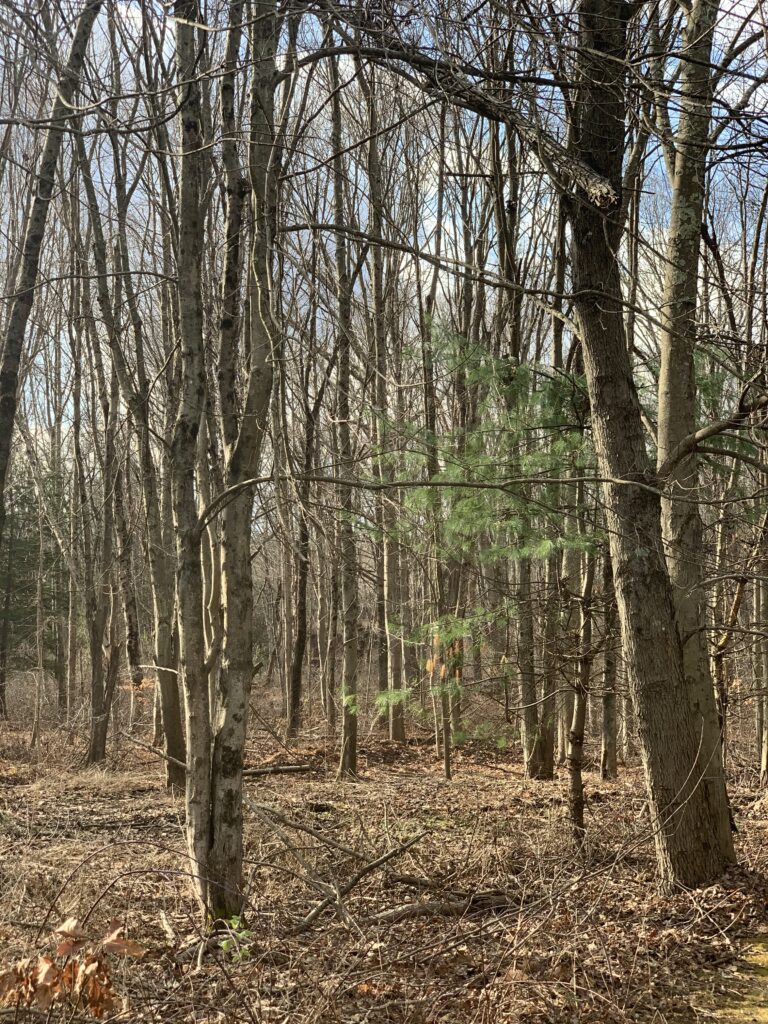
Levine, J. (November 27th, 2020). 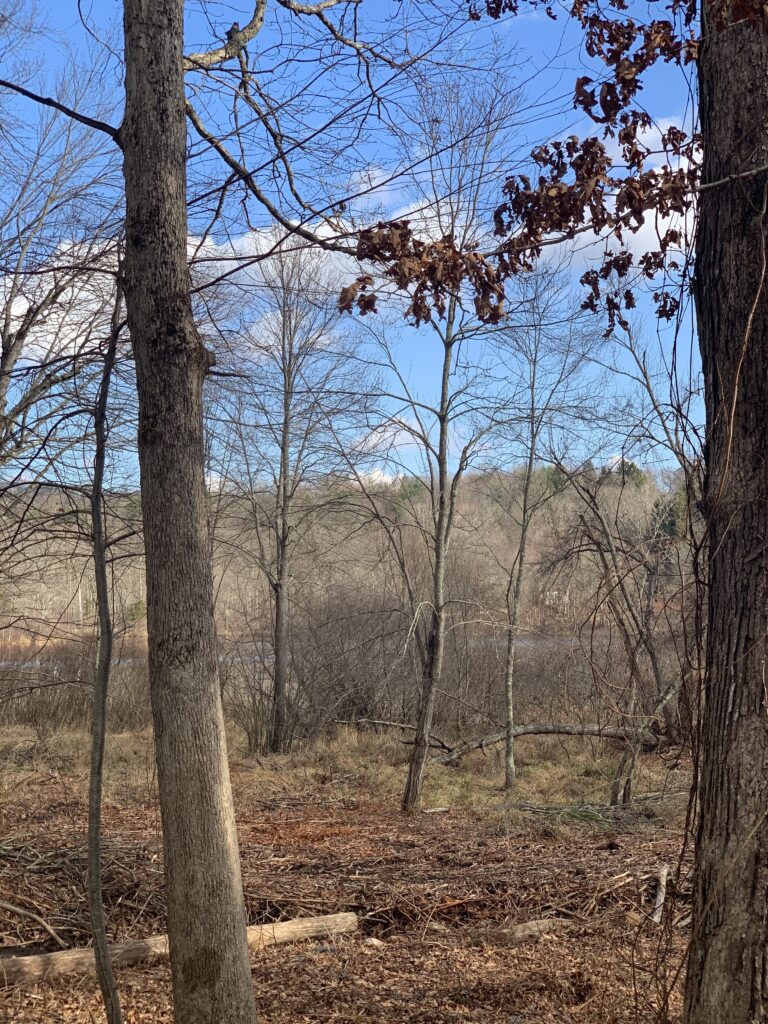
Levine, J. (November 27th, 2020). 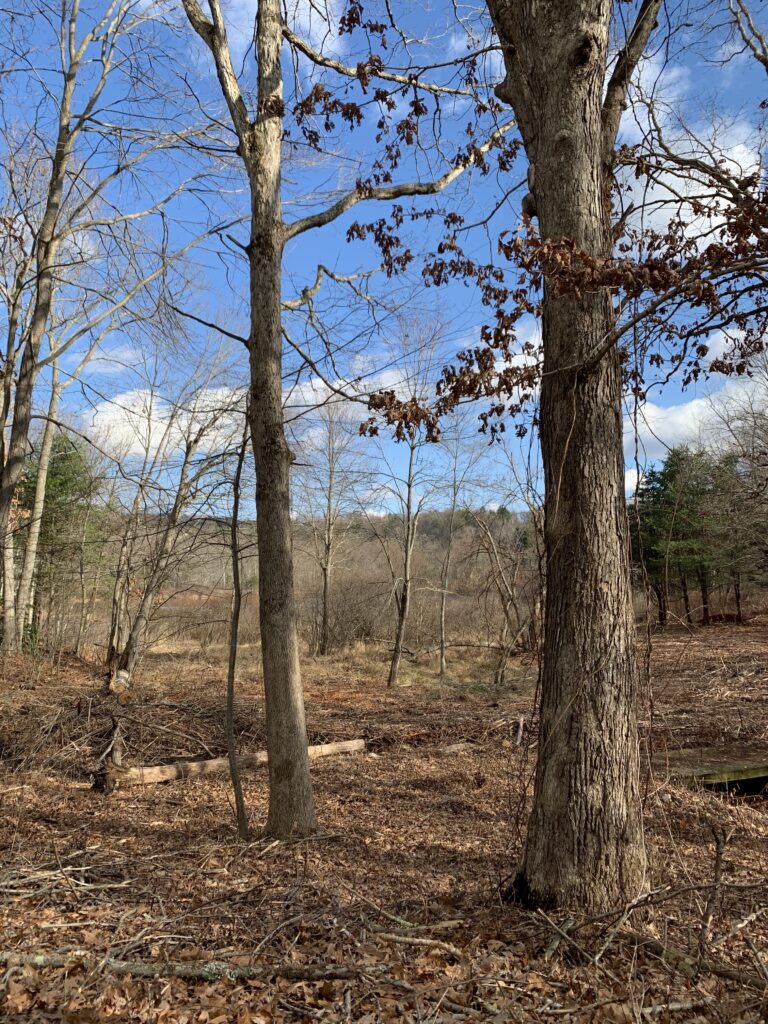
Levine, J. (November 27th, 2020). 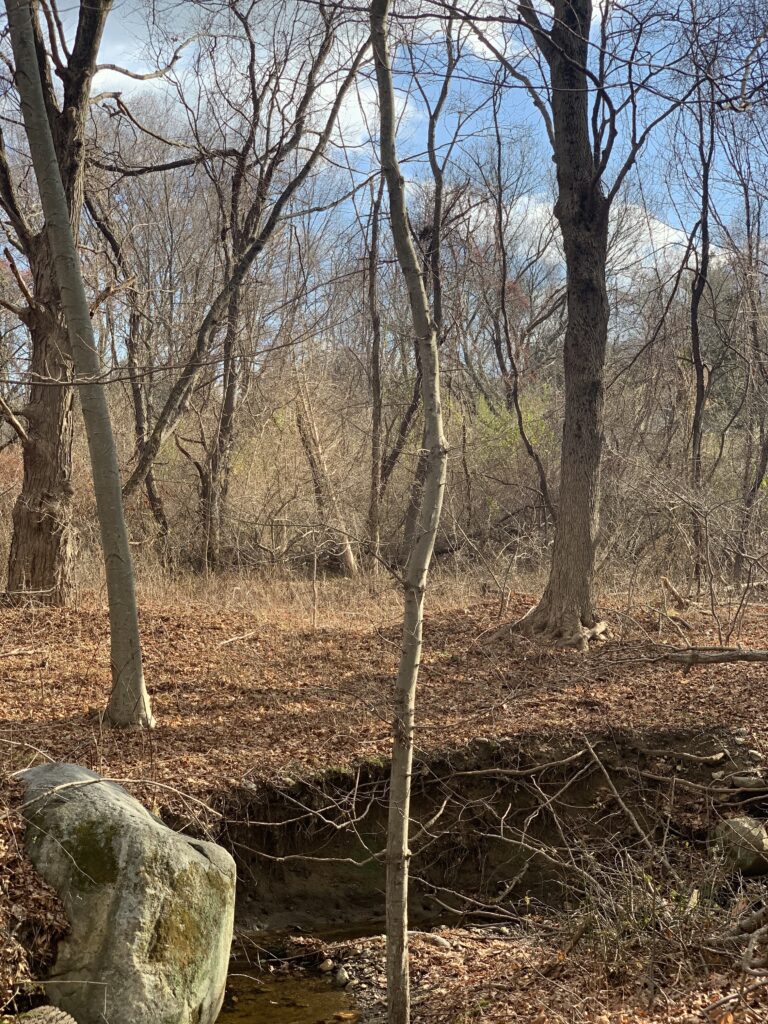
Levine, J. (November 27th, 2020). 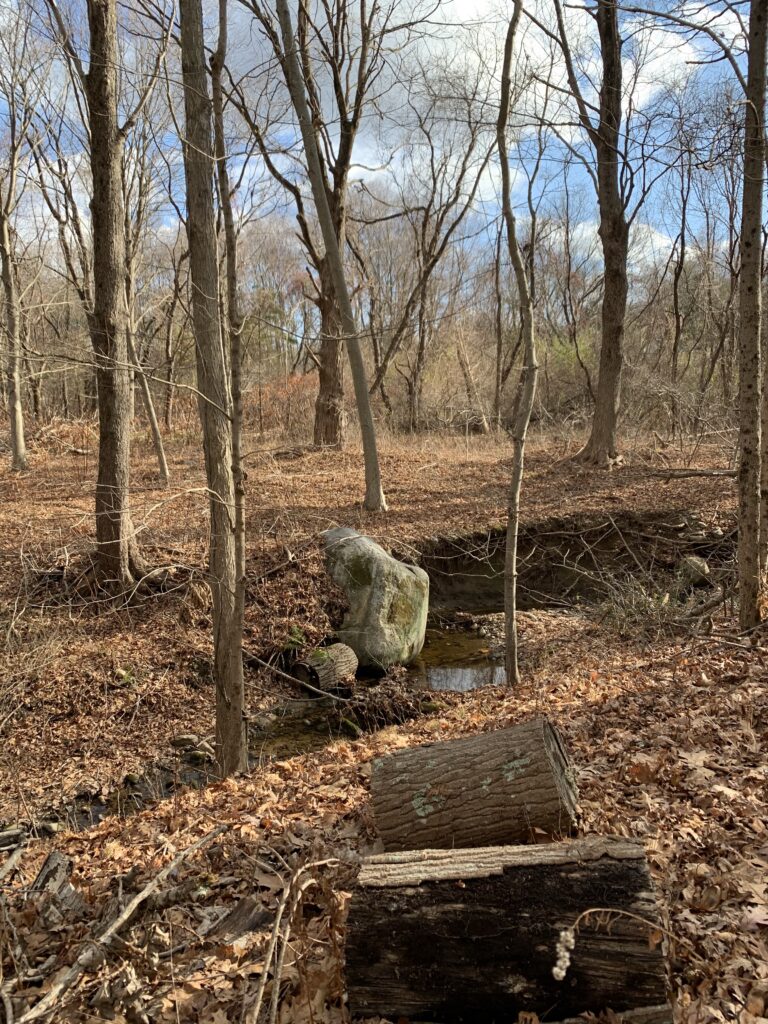
Levine, J. (November 27th, 2020). 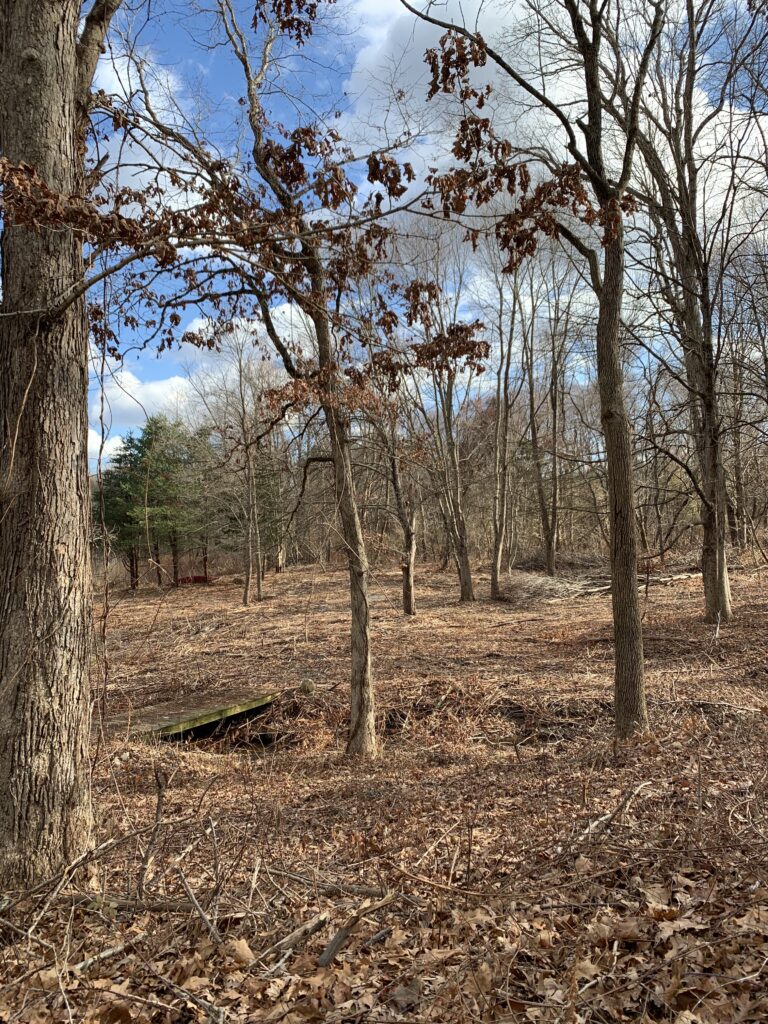
Levine, J. (November 27th, 2020). 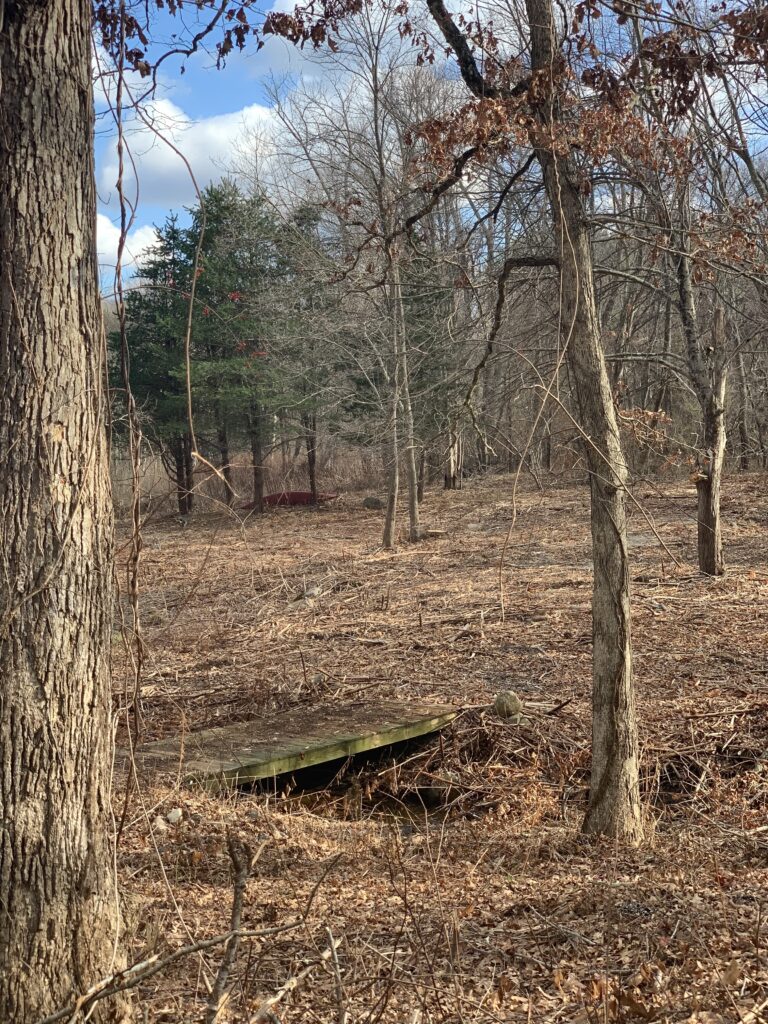
You can see the bridge and the kayak that lead to another property; Levine, J. (November 27th, 2020).
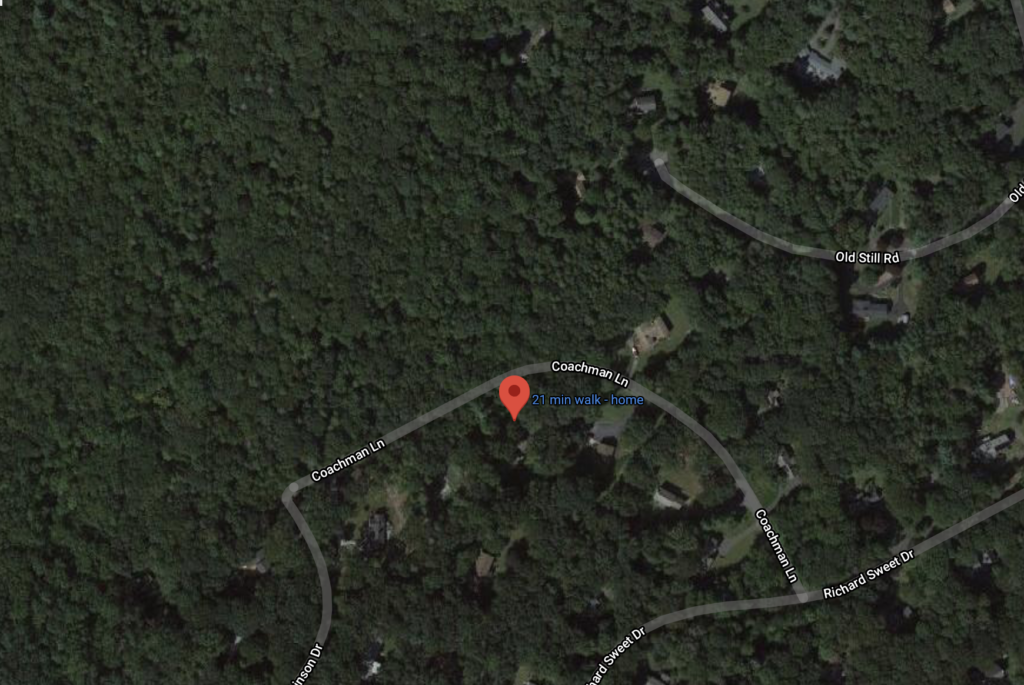
This spot is different than my spot in Burlington, Vermont. They have a lot of the same tree species, such as maple, white pine, and aspen, but they are still very different. Each time I viewed this spot, I did not see any animals other than grey squirrels. At my spot in Burlington, I saw an abundance of wild life. Both spots are paths or trails for pedestrians to walk on, however, this spot has different types and amounts of human influence. The spot in Burlington is right next to a road and a golf course. It has an old metal fence that separates the golf course from the public area. This spot in Connecticut is in the middle of a large neighborhood. It has houses on either side, and is connected to other trails in other neighborhoods. The pond that it is on has human traffic, as you can see from the kayak.
The spot in Burlington seems more artificial and more disturbed than the spot in Connecticut. Although there was more wildlife in Burlington, that path is used to a lot more traffic. Based on how the leaves were on this trail, I had appeared to be one of the few people on this path in a good few months. The animals might have been frightened to see and hear me, as a foreign animal. This spot was provided with a lot more water than my spot in Burlington. The pond and the stream are an attractive feature to me, and to many other wildlife in this area.
Another difference was the amount of understory trees. In Connecticut, there was a lot more poison ivy, but very limited understory trees. There used to be an incredible amount of Japanese knot wood in this area, but it appears to have all been removed or dead. In Burlington, there was a large amount of understory plants and shrubs. This could be another reason why more wildlife are attracted to the Burlington spot.